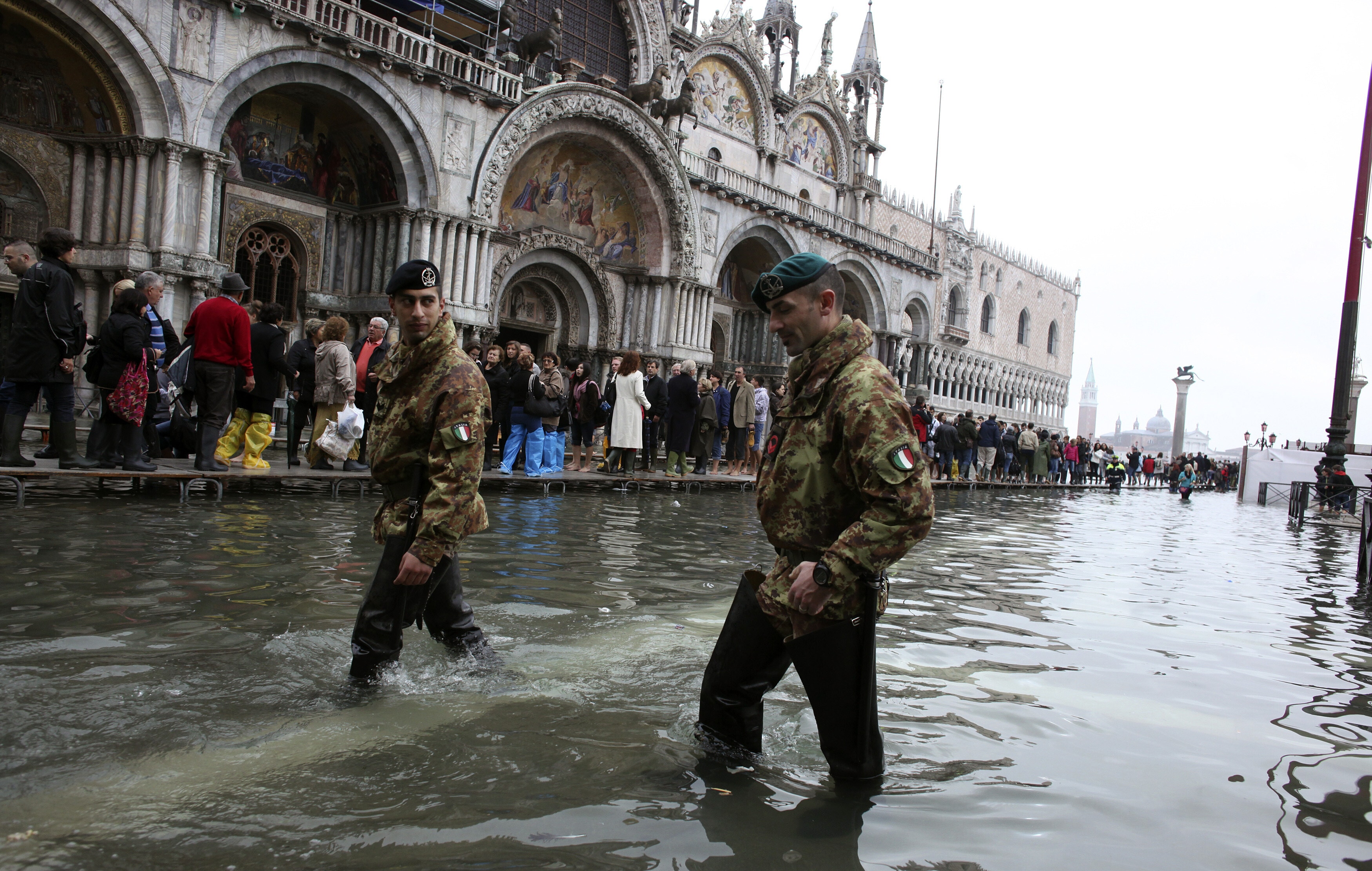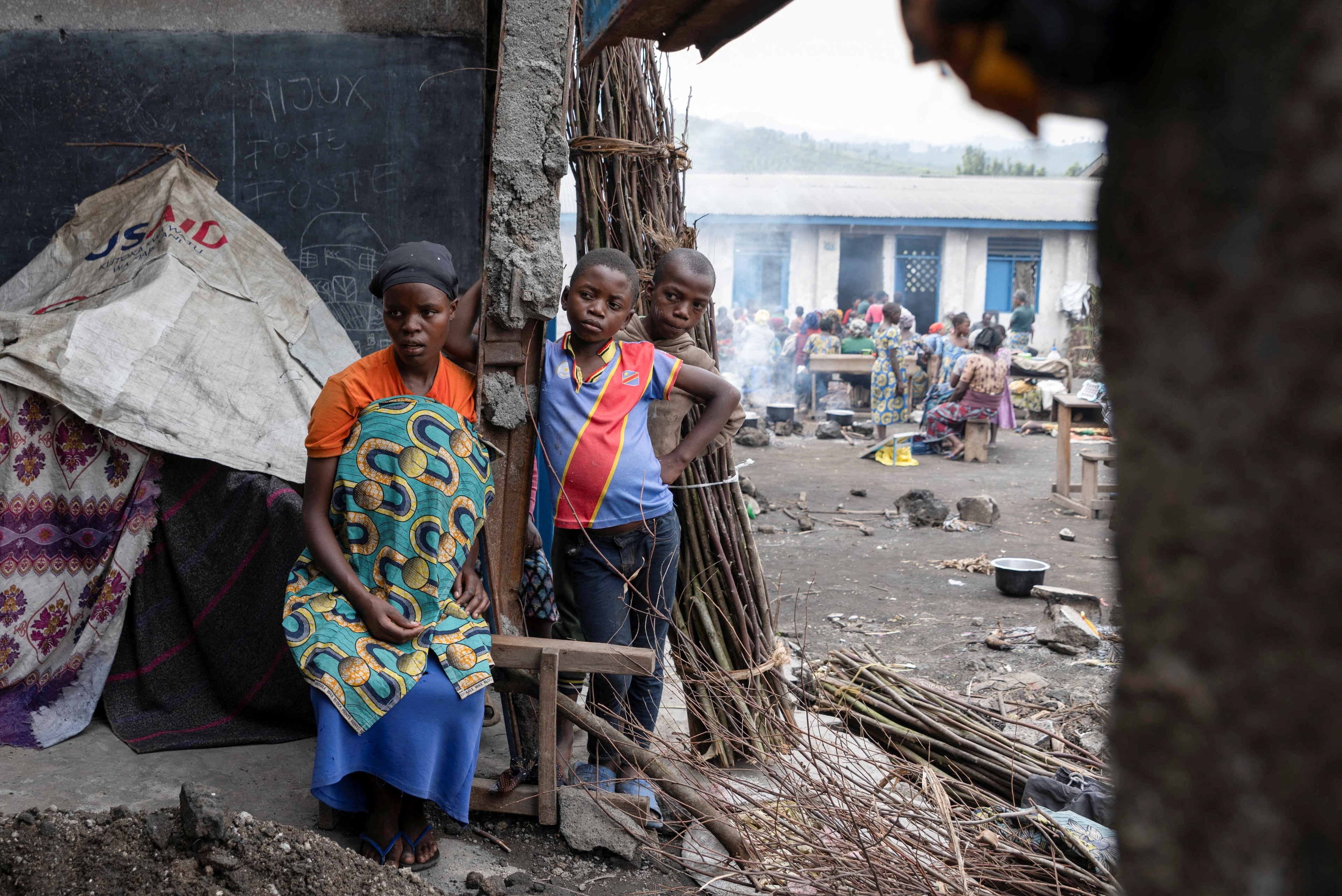The major obstacle to a chemical weapons-free world

Image: Chemical materials and gas masks are pictured in a warehouse at the front line of clashes between opposition fighters and government forces, during a guided tour by the Syrian Army in the Damascus suburb of Jobar. REUTERS/Khaled al-Hariri.
Stay up to date:
Fragility, Violence and Conflict
The international community’s failure to bring the Syrian civil war to an end is a tragedy – especially for the country’s long-suffering people. In one respect, multilateral action has had a clearly positive impact: the elimination of the Syrian government’s chemical-weapons program. And yet there are persistent reports that chemical weapons, including sulfur mustard (commonly known as mustard gas) and chlorine bombs deployed against civilians, continue to be used in Syria.
The stakes could not be higher. The perpetrators of these attacks must be identified and brought to justice. Allowing the use of chemical weapons to go unpunished not only could reverse one of the few promising developments in the Syrian conflict; it also threatens to undermine international norms on the use of toxic gas and nerve agents, increasing the possibility that they will be used in terrorist attacks.

In August 2013, rockets containing deadly sarin gas struck Ghouta, a rebel-controlled suburb near Damascus. Horrific images of women and children dying in agony mobilized international consensus against the use of these types of weapons. In October 2013, following Syria’s accession to the Chemical Weapons Convention, a joint mission of the Organisation for the Prohibition of Chemical Weapons (OPCW) and the United Nations was tasked with eliminating the country’s chemical arsenal and production facilities.
Less than a year later, the mission accomplished what no military intervention could have achieved; the strategic threat from Syria’s chemical weapons was effectively eliminated. Work to clarify certain aspects of the government’s initial declaration about its weapons program is ongoing; but 1,300 metric tons of chemical weapons, including sulfur mustard and precursors for deadly nerve agents, have been accounted for and destroyed under the watchful eyes of OPCW inspectors.
This achievement must not be allowed to be rolled back. The Chemical Weapons Convention is one of mankind’s most successful disarmament efforts. Since 1997, 192 countries have agreed to be bound by its provisions, and 91% of the world’s declared chemical weapons have been destroyed. The continued use of chemical weapons in the Syrian conflict is not only causing terrible suffering among the country’s civilian population; it also risks eroding the convention’s credibility.
A fact-finding mission established by the OPCW in April 2014 found “compelling confirmation” that a toxic chemical – most likely chlorine gas – was used “systematically and repeatedly” as a weapon in villages in northern Syria. It was on the basis of these findings that the UN Security Council agreed in August 2015 to create a joint investigative mechanism of the OPCW and the UN and task it with identifying those responsible for the use of chemical weapons in the conflict.
The fog of war cannot be allowed to create a fog of responsibility. The perpetrators of chemical attacks must be held to account, whoever they are. International investigators deployed in Syria bring vital expertise to this important mission. It is crucial that political leaders express confidence in their impartiality, allow them to carry out their work unobstructed, and not second-guess their conclusions. Once those responsible for the use of chemical weapons have been identified, the international community must ensure that they are prosecuted, in order to send a clear signal about the inviolability of the global ban.
Persistent allegations that non-state actors are using chemical weapons in Syria and northern Iraq are of particular concern, as they raise the possibility of toxic chemicals being used in terrorist attacks. Manufacturing nerve agents is a complex process, but extremists can easily deploy toxic industrial chemicals – such as chlorine gas – if they have them in their possession. A conventional attack against a chemical facility is another potentially devastating risk – one that is not beyond the capabilities of a well-funded terrorist group.
Nearly two decades after the Chemical Weapons Convention entered into force, the treaty is facing a major test. The threat that toxic gas or nerve agents will be deployed in a conflict between countries has been all but eliminated. Failure to punish their use in the Syrian civil war risks undermining the regime that has brought us to the threshold of a chemical weapons-free world.
Don't miss any update on this topic
Create a free account and access your personalized content collection with our latest publications and analyses.
License and Republishing
World Economic Forum articles may be republished in accordance with the Creative Commons Attribution-NonCommercial-NoDerivatives 4.0 International Public License, and in accordance with our Terms of Use.
The views expressed in this article are those of the author alone and not the World Economic Forum.
Forum Stories newsletter
Bringing you weekly curated insights and analysis on the global issues that matter.
More on Resilience, Peace and SecuritySee all
Charles Bourgault and Sarah Moin
August 19, 2025
Florian Krampe
July 31, 2025
Naoko Tochibayashi
July 28, 2025
Vanina Farber
July 21, 2025
Robert Piper
July 17, 2025
Resilience roundtable: How emerging markets can thrive amid geopolitical and geoeconomic uncertainty
Børge Brende, Bob Sternfels, Mohammed Al-Jadaan and Odile Françoise Renaud-Basso
July 9, 2025





